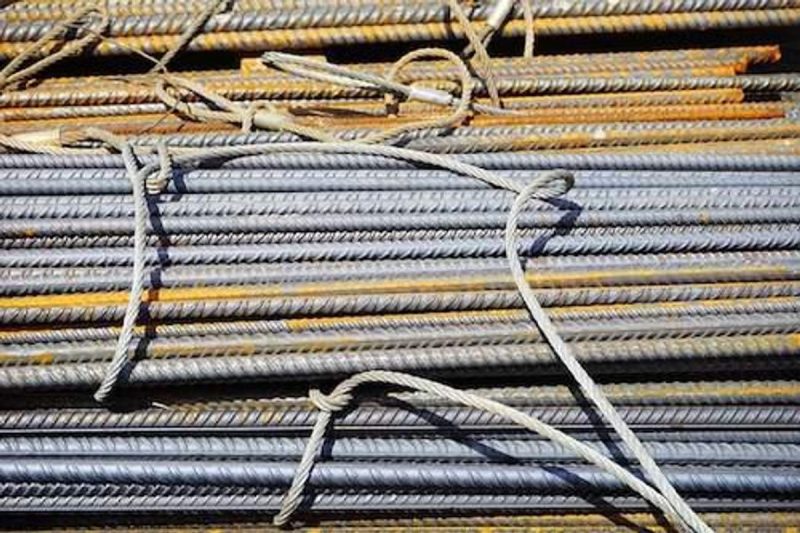Knowing about the different types of iron ore is useful for investors interested in the space.
Iron, a key material in steel and other applications, is most often found in hematite and magnetite ores, though goethite, limonite and siderite ores are also common sources.
What is hematite ore?
Hematite ore, also called direct-shipping ore, has naturally high iron content suitable for steelmaking. Because of its high iron content, hematite ore must undergo only a simple crushing, screening and blending process before being shipped off for steel production. For that reason, hematite ore is important for many mining companies.
Hematite ore is found throughout the world, with major production hotspots being Australia, Brazil, China and India.
In Australia, hematite has been the primary type of iron ore mined since the early 1960s. Nearly all of Australia’s iron ore exports are high-grade hematite ore, and the majority of its reserves are located in the Hamersley mountain range of Western Australia because the range sits on a banded iron formation.
Brazil is another of the world’s main sources of hematite ore. The country’s Carajás mine, operated by major miner Vale (NYSE:VALE), is the largest iron ore mine in existence. Vale consistently ranks among the world’s five largest mining companies and is the world’s biggest producer of iron ore pellets. The company’s headquarters are in Rio de Janeiro, and its primary iron ore assets are in the Iron Quadrangle region of Minas Gerais.
A great deal of hematite ore is mined in China. Known reserves include the Tung-Yeh-Chen and Dongye hematite ore deposits.
What is magnetite ore?
The mineral magnetite actually has higher iron content than hematite. However, while hematite ore generally contains large concentrations of hematite, magnetite ore tends to hold low concentrations of magnetite. As a result, this type of iron ore ore must be concentrated before it can be used to produce steel. Magnetite ore’s magnetic properties are helpful during this process.
Magnetite ore may require more treatment than hematite ore, but end products made from magnetite ore are typically of higher quality than those made from hematite ore. That’s because magnetite ore has fewer impurities than hematite ore; in this way, the elevated cost of processing it can be balanced out.
Magnetite ore is currently mined in Minnesota and Michigan in the US, as well as in taconite deposits in Eastern Canada. A major mining site in Michigan is the Marquette Range, which hosts four types of iron ore deposits, including both magnetite and hematite ore.
In Minnesota, magnetite ore is mined mainly in the Mesabi Range, one of the four ranges that make up the state’s Iron Range. In Canada, Labrador is home to the majority of magnetite ore mining. In particular, mining companies focus on exploration and development in the iron-rich Labrador Trough.
Cleveland-Cliffs (NYSE:CLF) is a major player in the magnetite ore industry. For instance, its Hibbing Taconite joint venture operates in Minnesota’s Mesabi Range and has an annual capacity of around 8 million metric tons of magnetite ore. The company is also the largest iron ore pellet producer in North America.
Securities Disclosure: I, Melissa Pistilli, hold no direct investment interest in any company mentioned in this article.

